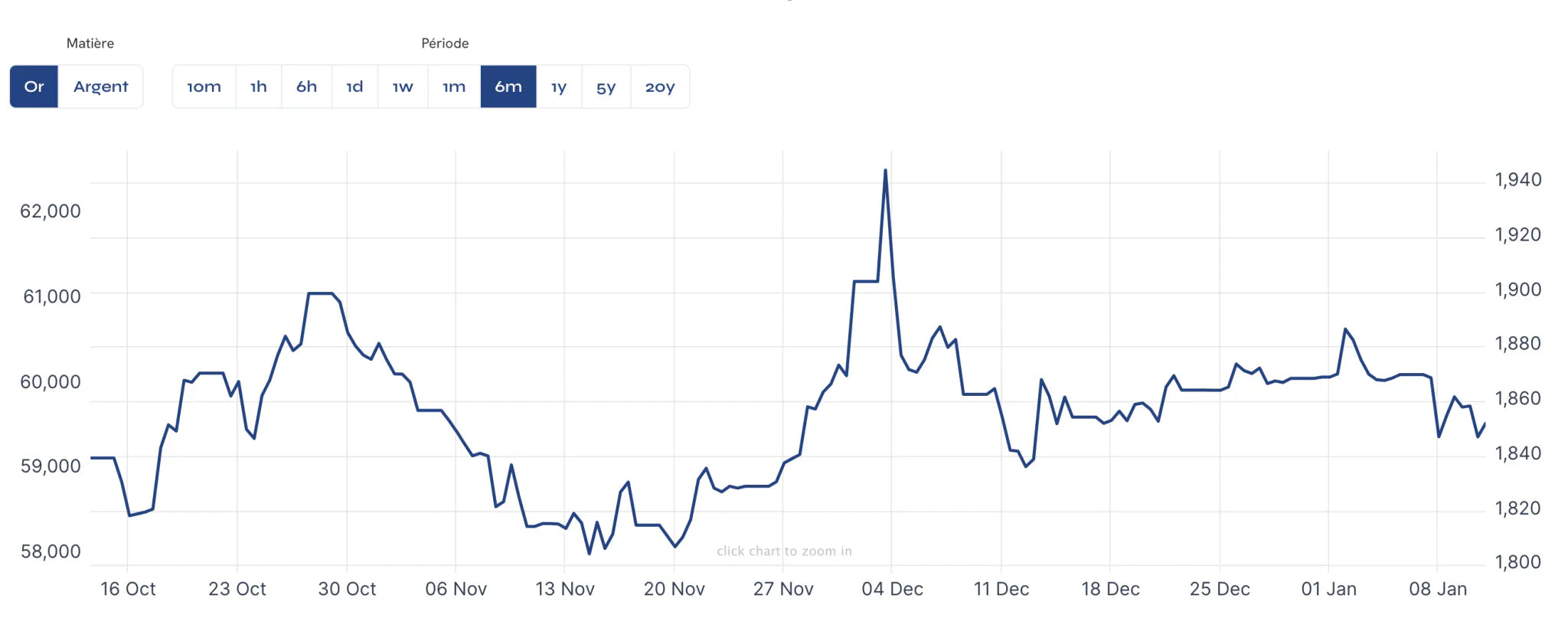How is the price of gold determined?

Global Markets
Global markets also play a crucial role. The London Bullion Market, for example, is a key center for setting the price of gold, where two daily gold fixing sessions are held, determining an international reference price. This price is influenced by various macroeconomic factors, such as the health of the global economy, interest rates, inflation, and the value of currencies, particularly the US dollar.
Geopolitical Tensions
Geopolitical tensions and economic crises can also affect the price of gold. As a safe haven, gold often sees increased demand during times of uncertainty, which can lead to a rise in its price.
Furthermore, since gold is traded on several commodity exchanges around the world, such as COMEX in New York and the Shanghai Gold Exchange, trading on these platforms also impacts its price.
Finally, seasonal variations and market trends, such as the purchase of gold during festivals or weddings in certain cultures, can also temporarily influence the price of gold.
At GoldUnion, we closely monitor these dynamics to provide you with accurate and up-to-date information, helping you make informed decisions about your gold investments.



 Gold Bars
Gold Bars
 Rare Gold Coins
Rare Gold Coins
 Modern Gold Coins
Modern Gold Coins
 Best Sellers
Best Sellers
 French silver coins
French silver coins
